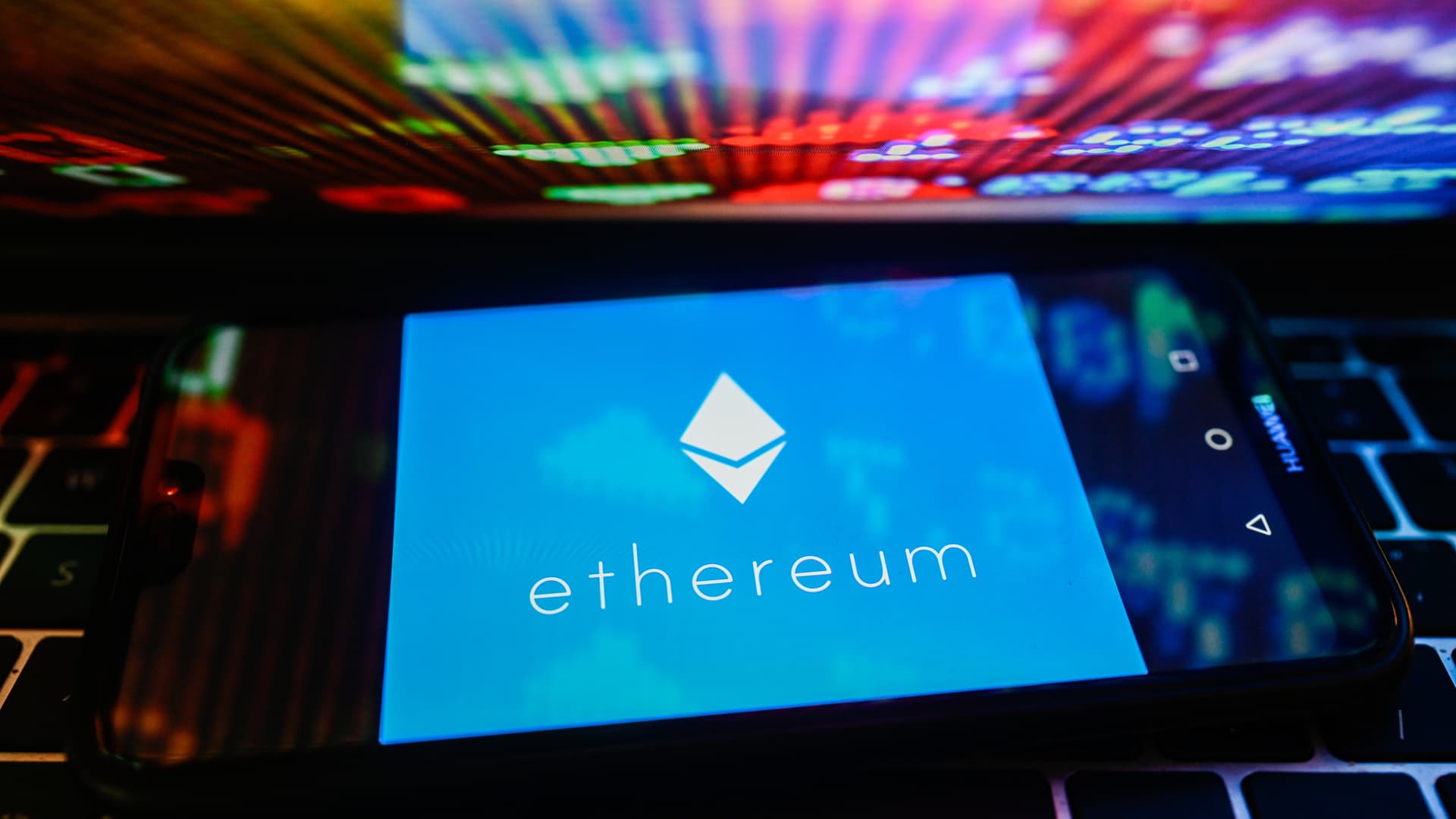
The Ethereum network successfully completed its “Dencun” upgrade on Wednesday, which is meant to help it become faster and cheaper to use. The price of ether has been trading lower since then, which was expected based on the cryptocurrency’s behavior following previous tech upgrades. History also shows the possibility that the price could drop before reversing higher . Ether rallied about 50% ahead of Dencun, passing the $4,000 level this week for the first time since December 2021, but ended the week down 7.5%. According to CryptoQuant, its price valuation after the upgrade was its most expensive level since that December 2021 peak. On Wednesday, the market value to realized value (MVRV) ratio for ether was at 2.0, which indicated that the price of the cryptocurrency was twice as high as its average on-chain purchase price and ETH investors were sitting on unrealized gains of about 50%. At that time its realized price was about $2,000. By comparison, ether ended the week just above $3,600. Nevertheless, the technical upgrade that took place Wednesday was a success and network activity and supply dynamics were already positive going into it. As of Wednesday, the total supply of ether fell to its lowest level since August 2022, which was just ahead of Ethereum’s migration to proof-of-stake from proof-of-work ( also known as the “Merge” upgrade), according to CryptoQuant, with that supply falling at its fastest daily pace since May 2023. “High activity on the Ethereum network has caused high transaction fees and, consequently, more fees burnt,” Julio Moreno, CryptoQuant’s head of research, said in a note Wednesday. “Total daily transactions are hovering around record-high levels not seen since May 2023. High transaction activity causes network fees to spike, more fees being burnt and total supply to decrease.” Ethereum’s fee-burning mechanism was programmed in to regulate the network’s notoriously high transaction fees (also called gas fees) by “burning” them, or removing them from circulation, which decreases the supply of ether. Long-term investors in ether expect that subsequent upgrades will make the network more attractive to transact on and competitive with Ethereum alternatives such as Solana. They’re hoping that the combination of increased activity and the decrease in the supply of ether over time will push the token’s price higher. Dencun “represents the most significant hard fork since the Merge,” said William Ogden Moore, an analyst at Grayscale Research. “This upgrade is projected to reduce Layer 2 gas costs by 5x to 50x, increasing the bandwidth of Ethereum Layer 2s and marking a pivotal step in the Ethereum ecosystem’s maturation phase as it addresses its scalability challenges.” Ether has gained 60% in 2024, on par with bitcoin. However, ahead of the upgrade it was outpacing bitcoin’s gains as investors looked ahead to Dencun as well as the possibility that the Securities and Exchange Commission might approve spot ether ETFs for trading in the U.S. in May. Net flows of U.S. spot bitcoin ETFs exceeded $1 billion on Tuesday for the first time since the launch of the nine new funds on Jan. 11.
